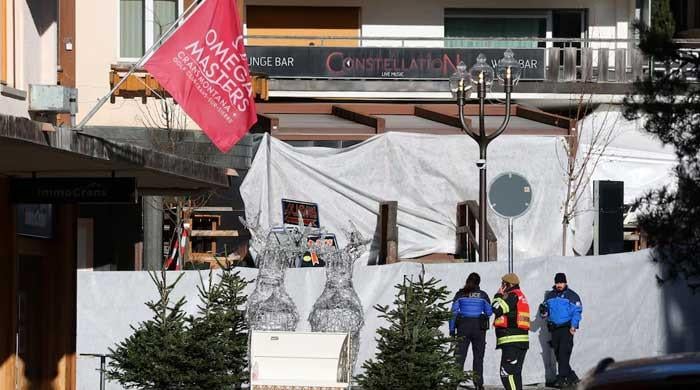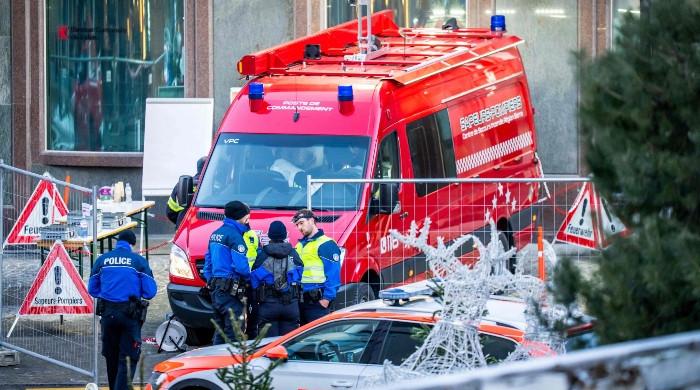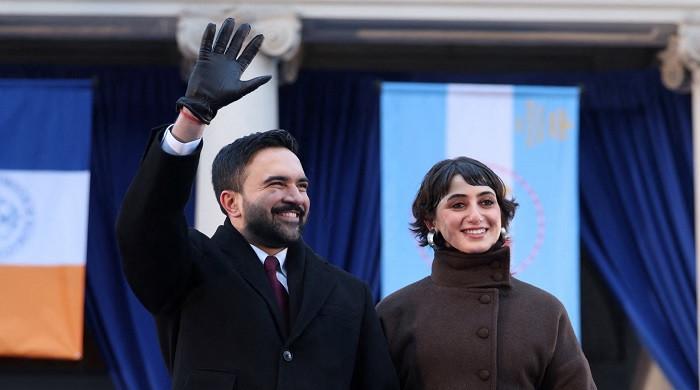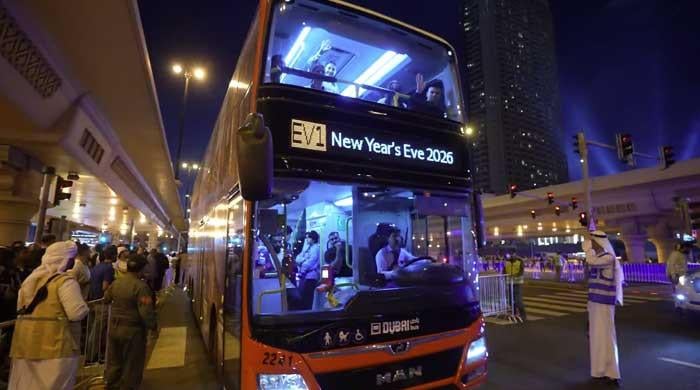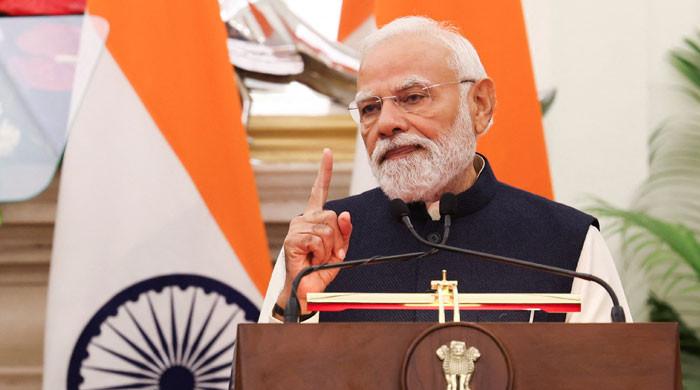‘Greatest conjunction’: Jupiter, Saturn to come closest in centuries today
People around the world will be able to see the spectacle, including Pakistan
December 21, 2020
- In 1623, the solar system’s two giant planets, Jupiter and Saturn, travelled together across the sky.
- the planets will be easy to see with unaided eyes.
- People around the world will be able to see the spectacle, including Pakistan.
The world’s largest two planets, Jupiter and Saturn, will huddle closer together in the night sky on Monday for a magnificent spectacle that has excited people around the world. This is the first time the planets will come so close to each other since 1623.
“What has become known popularly as the ‘Christmas Star’ is an especially vibrant planetary conjunction easily visible in the evening sky over the next two weeks as the bright planets Jupiter and Saturn come together, culminating on the night of December 21,” said NASA in its statement issued about the much-anticipated celestial event that will play-out on Monday evening.
Back in 1610, Galileo discovered a strange oval surrounding Saturn, which later observations determined to be its rings. These discoveries changed how people understood the far reaches of our solar system.
Read more: Last solar eclipse of 2020 to take place on December 14: PMD
In 1623, about 13 years later, the solar system’s two giant planets, Jupiter and Saturn, travelled together across the sky. Jupiter caught up to and passed Saturn, in an astronomical event known as a “Great Conjunction.”
The event will take place after centuries today when the two planets will come closest to each other than they have for nearly 400 years.
People around the world will be able to see the spectacle, including Pakistan.
What makes this year’s spectacle so rare?
It’s been nearly 400 years since the planets passed this close to each other in the sky, and nearly 800 years since the alignment of Saturn and Jupiter occurred at night, as it will for 2020, allowing nearly everyone around the world to witness this “great conjunction.”
“On the 21st, they will appear so close that a pinkie finger at arm’s length will easily cover both planets in the sky,” NASA explained, adding that the planets will be easy to see with the unaided eye by looking toward the southwest just after sunset.
They will remain hundreds of millions of miles apart in space, however, from our vantage point on Earth, the huge gas giants will appear very close together.
Here's how you can watch the 'great conjunction' all by yourself:
Find a spot with an unobstructed view of the sky, such as a field or park. Jupiter and Saturn are bright, so they can be seen even from most cities.
Saturn will be slightly fainter and will appear slightly above and to the left of Jupiter until December 21, when Jupiter will overtake it and they will reverse positions in the sky.
The planets can be seen with the unaided eye, but if you have binoculars or a small telescope, you may be able to see Jupiter’s four large moons orbiting the giant planet.
An hour after sunset, look to the southwestern sky. Jupiter will look like a bright star and be easily visible.




